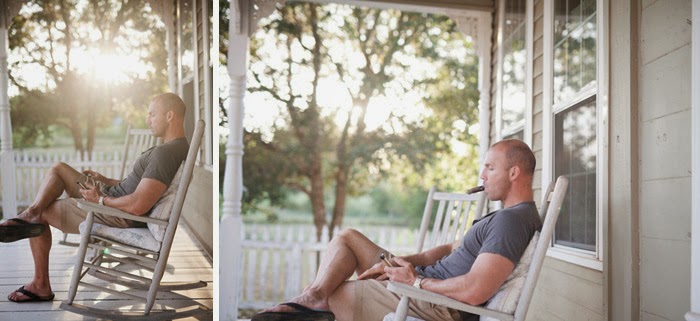Well sometimes you just screw up. In 2007 I attended some planning meetings for the human microbiome project (see for example A human microbiome program? a post I wrote from one of the meetings in 2007). And at those meetings I kept asking one question. Where did this "fact" everyone kept citing that there were "10 times as many microbial cells in the human body as there were human cells" come from? I could not find a citation. So I started taking some notes for a blog post about this. Here are those notes:
But, alas I got distracted. And I did keep asking people - where did this "fact" come from. And most people just brushed me off (and probably thought I was a bit of a crank ...). And nobody had a good answer. Well, I was both pleased and sad (because I should have done it) to see Is your body mostly microbes? Actually, we have no idea by Peter Andrey Smith in the Boston Globe who addresses this issue in much much more detail that I ever could have done. Everyone who works on the human microbiome and who is interested in "facts" and how they can get misreported should read this. As a side note, Smith reports in the article that this is even given as a fact in Ted talks. Sadly mine was one of them. This is despite the fact (yes, the fact) that I swore to myself that I would NOT say that in my talk since I have been such a crank about this issue at meetings. OMG - such truisms are so pervasive that even someone who actively questioned the truism still used it. Uggh. Oh well. I really should have finished that draft post.
Wikipedia linkOnline textbook hereSears paper from Arizona site. She discusses only gut bacteria and cites a Gordon paper from 2001.
Seems to not be from this paper but really from here:
This in turn is not from there but apparently here
But, alas I got distracted. And I did keep asking people - where did this "fact" come from. And most people just brushed me off (and probably thought I was a bit of a crank ...). And nobody had a good answer. Well, I was both pleased and sad (because I should have done it) to see Is your body mostly microbes? Actually, we have no idea by Peter Andrey Smith in the Boston Globe who addresses this issue in much much more detail that I ever could have done. Everyone who works on the human microbiome and who is interested in "facts" and how they can get misreported should read this. As a side note, Smith reports in the article that this is even given as a fact in Ted talks. Sadly mine was one of them. This is despite the fact (yes, the fact) that I swore to myself that I would NOT say that in my talk since I have been such a crank about this issue at meetings. OMG - such truisms are so pervasive that even someone who actively questioned the truism still used it. Uggh. Oh well. I really should have finished that draft post.



































